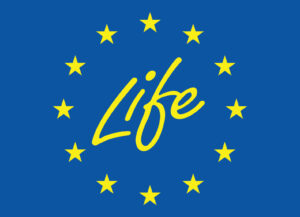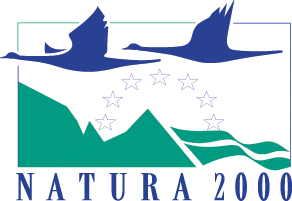LIFE for falcons
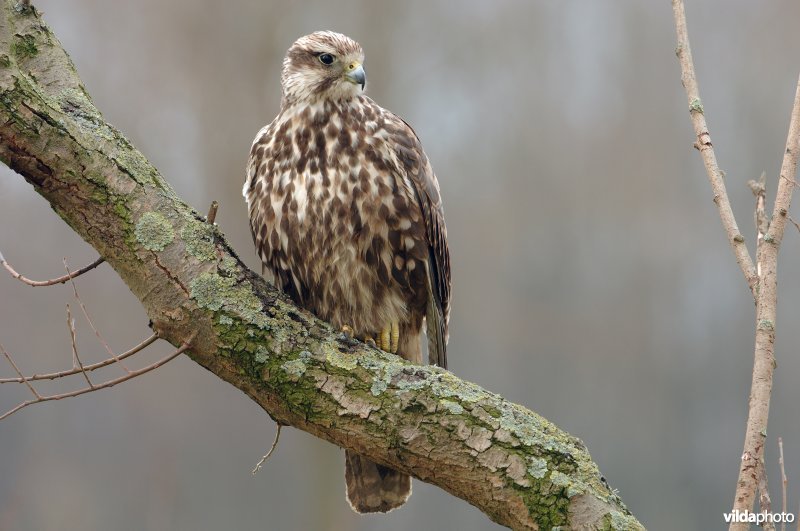
The Habitat Foundation is involved in the LIFE project 'LIFE for falcons'. The main goal of this project is securing the recovery of the endangered Saker falcon (Falco cherrug) in Bulgaria and Southern Romania. The project is an initiative of the Bulgarian Society for the Protection of Birds (BSPB) and is financed by the EU LIFE Programme. The contribution of The Habitat Foundation mainly consists of bringing in our knowledge about small mammals, the prey of the Saker falcon. The Habitat Foundation has an extensive network of contacts with mammal specialists in Europe. Other organisations involved are Green Balkans - Stara Zagora, Eberhard Karls Universität Tübingen, the Institute of Biodiversity and Ecosystem Research of the Bulgarian Academy of Science, the Romanian Ornithological Society/BirdLife Romania and the Union of hunters and anglers in Bulgaria.
The Saker falcon has been uplisted by IUCN to globally ‘Endangered’ in 2012 due to an estimated decline of about 50% of the global population within the last 20 years. In Europe, the species has declined markedly since 1945, its historical range becoming severely reduced and fragmented. In Bulgaria, the Saker falcon was widespread during the 20th century, but a considerable decline was recorded in the 1950s. Since 2010 only a few occupied territories have been reported and only one nest found (representing a 90% decline over the last 40 years). In Romania, the species has also declined significantly during the 20th century. Following the implementation of cross-border project LIFE09NAT-HU-000384, a minimum of 23 breeding pairs were located in the last 5 years. At least 5 nests are known to exist in Romanian/Bulgarian border regions. The causes of this dramatic population decline in both Bulgaria and Romania according to the Saker falcon International Species Action Plan (ISAP) include:
- Direct persecution by shooting for taxidermy trophies and or predator control, with this issue rooted in ineffective law enforcement and low awareness;
- Electrocution due to the dangerous design of medium-voltage pylons;
- Food shortages caused by agricultural intensification and conversion of grasslands. The Saker feeds mainly on terrestrial rodents, lagomorphs and ground-nesting birds that are all severely affected by current agricultural practices;
- Lack of nesting sites due to (i) destruction of nests for predator control; (ii) low stakeholder awareness; and (iii) limited availability of suitable natural nests, rooted in the widespread loss of large trees suitable for nest building;
- Extremely low population size that can result in local extinctions caused by stochastic events;
- Nest robbing and disturbance due to illegal trade for live collections including falconry.
The populations of two of its main prey species, the European souslik (Spermophilus citellus) and the Romanian hamster (Mesocricetus newtoni), are also threatened.
The project actions will take place in 23 Special Protection Areas (SPAs) in Bulgaria and 5 SPAs in Romania. Thus covering a significant part of the Natura 2000 network designated for this species in Bulgaria and Southern Romania. The project is built on an approach very rare in Europe; it encompasses the direct involvement of the national Hunting Organisation. This collaboration represents a major breakthrough because the persecution of and hostility towards birds of prey among hunters has been widespread in the past and still remains a major concern.
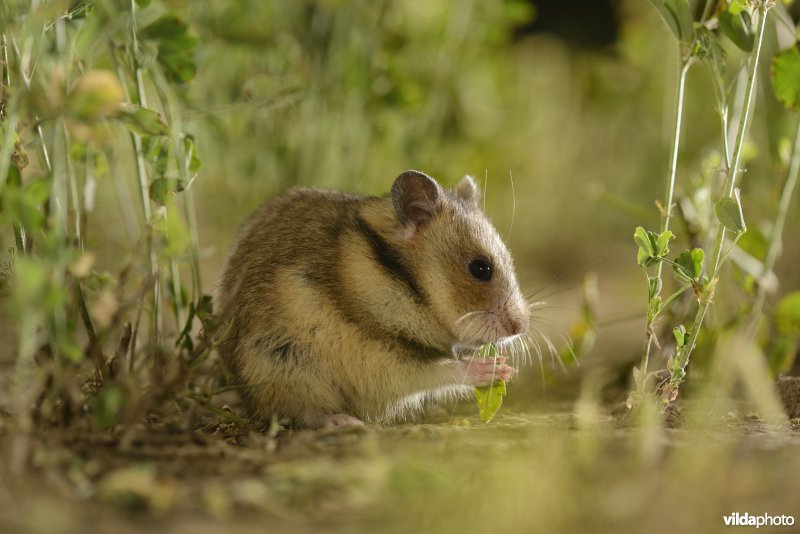
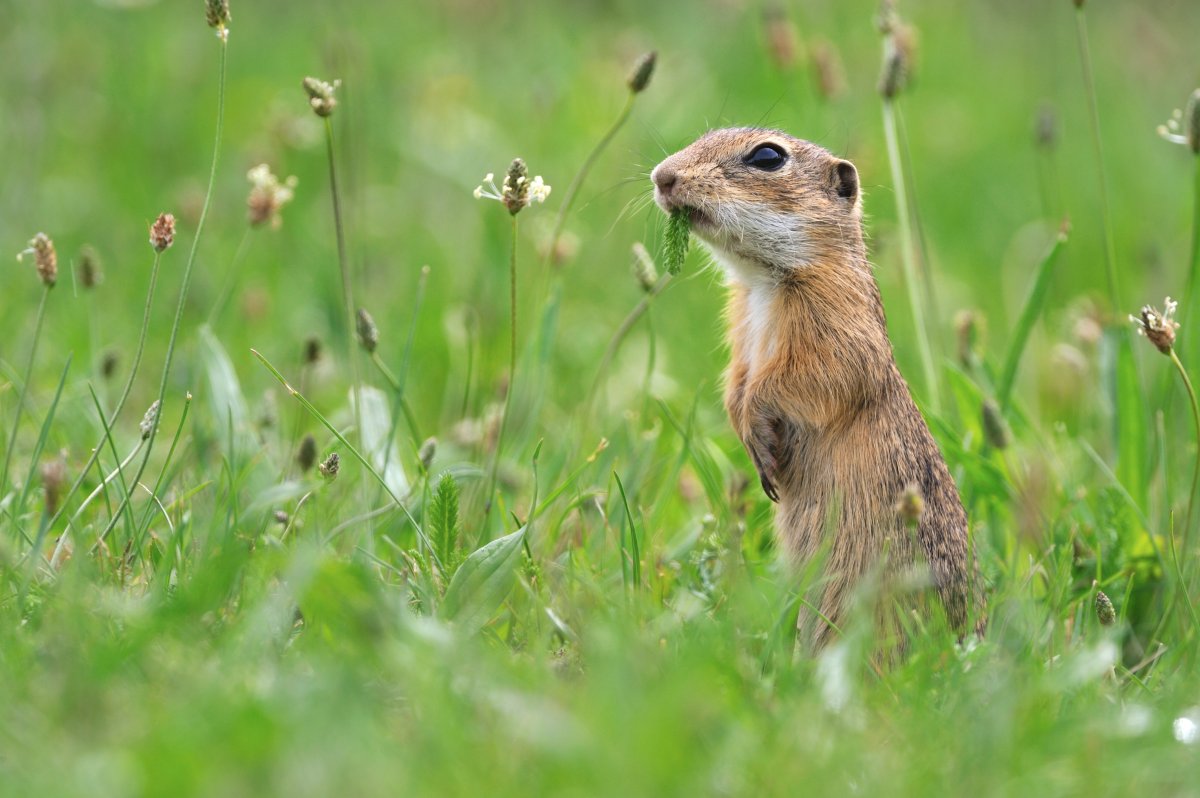
GOALS
The overarching concept of this project is to boost the population recovery by reducing the impact of the main threats combined with efforts of an ongoing restocking project in Bulgaria that has proven to be successful already. Three subsequent years of successful breeding of a pair originating from reintroduced falcons, and observations of additional birds indicate that the conditions have improved to bring back the Saker falcon from the brink of extinction, thereby connecting the Central European and south Romania populations with the small population in Asia Minor.
The specific project’s objectives are:
1. Address the primary anthropogenic threats in the project Special Protection Areas where the Saker falcon has been recorded by:
- Reducing illegal shooting, deliberate poisoning and organised nest robbing by building the support of key stakeholders (hunters, pigeon fanciers) and supporting law enforcement authorities to deter or combat wildlife crimes;
- Reducing mortality from accidental poisoning by assessing the impact of pesticides used in agriculture, developing mitigation measures and providing practical alternative solutions to the key stakeholders;
- Reducing mortality from electrocution.
2. Improve wild food abundance in key potential Saker falcon breeding territories and other priority sites with a high probability for species’ recolonisation by:
- Purchase and restoration of grassland habitats inhabited by sousliks and other key prey species;
- Translocation and restoking of the European souslik into managed land plots in the project sites;
- Developing methodology for ex-situ breeding and pilot reintroduction and/or restocking of Romanian hamsters;
- Creating pigeon lofts and releasing captive-bred pigeons;
- Contributing to reducing legal and illegal pesticide use that affects small mammals and birds.
3. Improve breeding habitats and increase the long-term availability of nest sites by planting trees as future nesting substrates and installing artificial nesting platforms to support new breeding pairs and ensure the availability of safe nests.
4. Substantially increase the engagement with, awareness of and capacity of key stakeholder groups to create sustainability across all project actions.
5. Disseminate experience and best practices to guide the recovery of the Saker falcon and the native small mammals’ populations in Bulgaria and Romania and to ensure knowledge transfer and the replicability of this project to benefit the conservation of the Saker Falcon and threatened small mammal species elsewhere.
The overall impact of the project would be an increase of the Saker falcon population in Bulgaria and Southern Romania from 4-6 breeding pairs to at least 8-10 breeding pairs and good conditions for a continued increase after the termination of the project.

ACTIVITIES
Objective 1 - targeting persecution and mortality
- Study the magnitude of losses suffered by pigeon keepers due to birds of prey and test measures to mitigate the conflict.
- Investigate the rate and roots of illegal killing of birds of prey by analysis of data available in different institutional databases, interviews with local authorities, hunting and pigeon associations.
- Assess the use of pesticides, their effect on small mammals and birds of prey and provide a list of harmless/environment-friendly alternatives.
- Establish “decoy” pigeon lofts as a food source for the Saker falcon to mitigate the human-raptor conflict.
- Prevent Saker falcon illegal killing and nest robbing through nest protection and increase the capacity and involvement of the authorities.
- Decrease the risk of electrocution of Saker falcons by insulating dangerous medium-voltage pylons.
Objective 2 - targeting food availability
- Prepare for pilot captive breeding and reintroduction of the Romanian hamster.
- Identify threatened European souslik colonies and plan rescue translocations.
- Develop a Land Purchase Strategy and a GIS database with priority Land Plots.
- Purchase strategically located agricultural land (100 ha) for the conservation and restoration of Saker falcon's key prey species.
- Restore Saker falcon hunting habitats and save key colonies of the European souslik as key prey species.
- Pilot ex-situ breeding and reintroduction of the Romanian hamster as prey for the Saker falcon.
Objective 3 - targeting habitats
- Identify the location of Saker falcon breeding pairs and establish a baseline data set for species distribution.
- Support the recolonisation of the Saker falcon by improving the nesting habitats.
Objective 4 - targeting awareness and capacity
- Assess the knowledge and attitudes of key stakeholders by a quantitative sociological study.
- Develop community understanding and involvement in the activities concerning the Saker falcon and involve local caretakers among key stakeholders (hunters, pigeon keepers, falconers, etc). Increase awareness of pigeon keepers on mitigation measures to decrease the losses by birds of prey.
- Develop capacity among project partners, national toxicological labs and wildlife rescue centres by transferring the best practices.
- Ensure effective national and international media coverage of the project.
- Develop and maintain a project website in Bulgarian, Romanian and English.
- Produce communication materials (visual identity, banners, T-shirts, calendars, Layman's Report).
- Raise awareness among farmers on the use of pesticides and associated risks for wildlife and humans.
Objective 5: targeting transfer of experience and replicability
- Networking and cooperation with other LIFE and/or non-LIFE projects and Saker falcon experts.
- Ensure replication, share results, lessons learned, findings and recommendations.
- Two international conferences on Saker falcon conservation to demonstrate the project’s work and boost replication and synergy.
BUDGET
€ 2,448,489.-
DURATION
2022 - 2026
SPONSORS
DOCUMENTS
- Excessive use of pesticides in Romania and Bulgaria (opens PDF document)
- Saker falcon Falco cherrug Global Action Plan (SakerGAP) (opens PDF document)
- National Action Plan for the Saker Falcon (Falco cherrug) in Bulgaria (In Bulgarian)
- Saker falcon Falco cherrug reintroduction in Bulgaria - a feasibility study (opens Word document)
NEWS
- International Saker falcon conference, October 2023
- Excessive use of pesticides in Romania and Bulgaria
- Announcement that the project 'LIFE for falcons' is granted
- Breeding success: how tattoos and aviaries are helping save the Saker falcon


